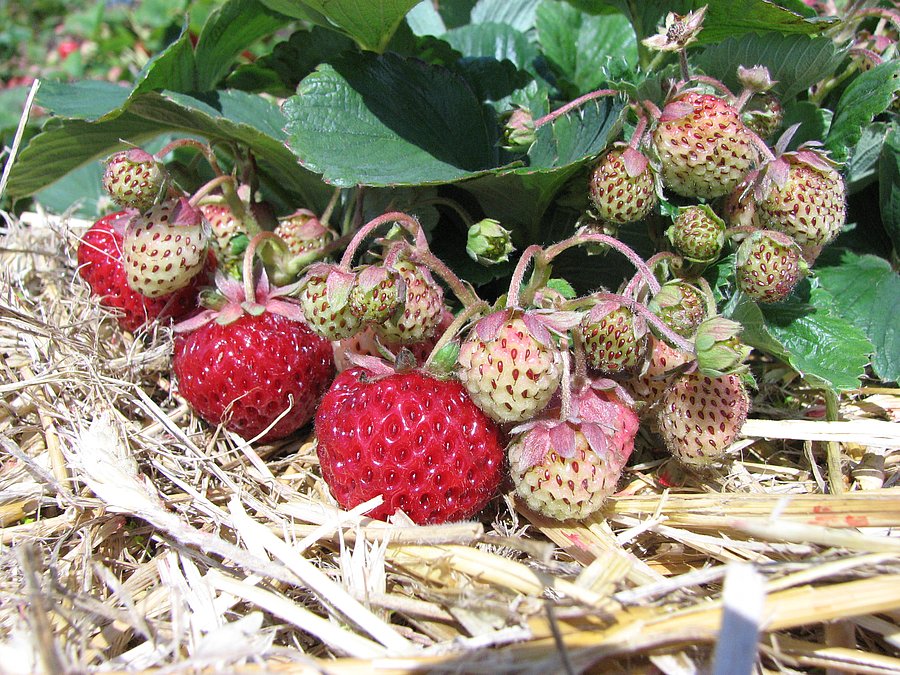
Crop diversity has decreased significantly worldwide over the last century. To raise awareness of this situation for Germany and to support actions for the conservation and sustainable use of this diversity the Red List of endangered native crops of Germany was developed.
In order for a species or its variety, landrace or cultivar to be included in the Red List, the following four conditions must always be met at the same time. The corresponding crop should
The Red List contains 2610 entries of species and varieties of the use categories fruit, vegetables, cereals, oil- and protein-producing plants, sugar, starch, fibre plants, medicinal, aromatic and stimulant plants, forage crops and grassland (as of June 2022).
The Red List can be used as a reference tool for different German conservation variety ordinances and measures granted in the framework of the second pillar of the EU Common Agricultural Policy such as